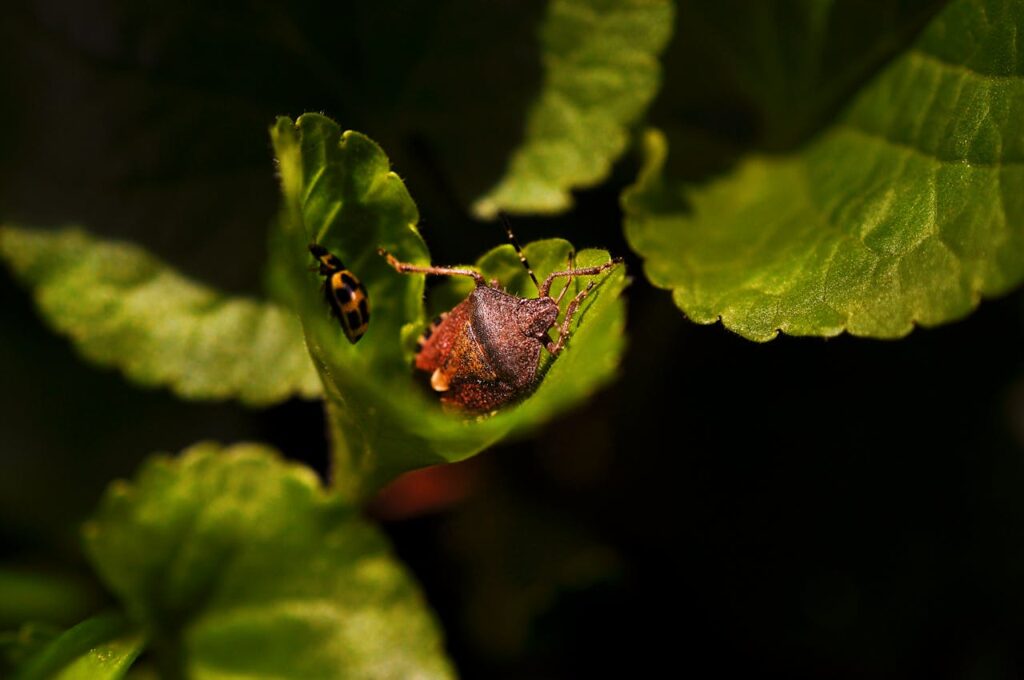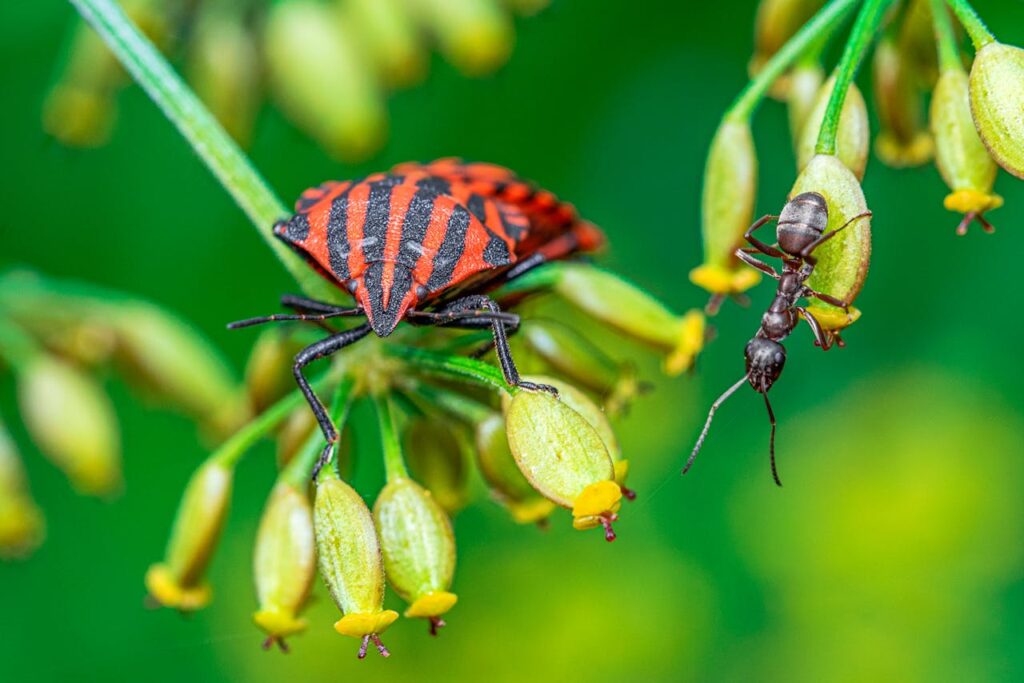Spring is a beautiful time of year, but it also marks the return of unwanted pests. As temperatures rise, many insects and rodents become more active, searching for food, water, and shelter. If you don’t take preventive measures early, you could be dealing with ants in the kitchen, mosquitoes in the yard, or even mice sneaking into your home.
In this guide, we’ll cover why pests become more active in spring, which pests to watch out for, and the best tips for keeping your home bug-free this season.
Why Do Pests Become More Active in Spring?
Spring is a high-activity season for pests due to several factors:
- Warmer Temperatures: Many insects that were dormant during winter emerge as temperatures rise.
- Breeding Season: Spring is the prime time for many pests to reproduce, leading to population spikes.
- Increased Food & Water Sources: Melting snow and spring rains create moisture-rich environments that attract pests like mosquitoes, ants, and termites.
- Outdoor-to-Indoor Movement: Pests that spent winter hiding outside start seeking shelter indoors as they become more active.
By taking preventive action early, you can keep pests from invading your home before they become a bigger problem.

Common Springtime Household Pests
Here are the most common spring pests you might encounter:
- Mosquitoes: Thrive in standing water and breed rapidly in warm weather.
- Ants: Attracted to food crumbs and moisture in kitchens and bathrooms.
- Spiders: Become more active in homes as they hunt for prey.
- Rodents (Mice & Rats): Seek food sources indoors as natural food becomes scarce.
- Termites: Spring marks the start of termite swarming season, making homes vulnerable to infestations.
- Wasps & Bees: Begin building nests in trees, eaves, and sheds.
Now that you know what pests to watch for, let’s go over the best ways to keep them away this season.

Spring Pest Prevention Tips
Tip 1: Seal Entry Points Before Pest Season Starts
The best way to prevent pests is to stop them from getting inside in the first place.
- Inspect doors and windows: Repair torn screens and seal any gaps where pests can sneak in.
- Check for foundation cracks: Small cracks in walls or the foundation can allow ants, spiders, and rodents to enter.
- Seal gaps around utility lines: Pests often enter through gaps around pipes, electrical wiring, and vents.
- Use door sweeps: Install door sweeps to keep bugs from crawling in under doors.
If you had pests last spring, check the same entry points again! Pests often return to places they found shelter before.
Tip 2: Remove Standing Water and Moisture Buildup
Many spring pests, like mosquitoes, ants, and cockroaches, are attracted to moisture.
- Eliminate standing water: Empty birdbaths, buckets, and plant saucers to prevent mosquitoes from breeding.
- Fix leaks: Inspect sinks, pipes, and outdoor spigots for leaks that could provide water sources for pests.
- Improve drainage: Make sure gutters and downspouts are clear so water doesn’t pool around your home’s foundation.
- Dehumidify basements & crawl spaces: Spring humidity can create ideal conditions for silverfish, cockroaches, and termites.
If you notice ants in your bathroom or kitchen, there may be a moisture problem attracting them!
Tip 3: Use Natural Repellents for Early Prevention
Before pests become a problem, try natural deterrents to keep bugs away.
- Mosquitoes: Plant citronella, lavender, or basil around your yard to repel them.
- Ants: Sprinkle cinnamon, coffee grounds, or vinegar around common entry points.
- Spiders: Use peppermint oil spray around windows, doors, and baseboards.
- Cockroaches: Keep bay leaves in pantry corners to deter roaches naturally.
While natural repellents won’t eliminate infestations, they help keep pests from moving in before they become a serious problem.
Tip 4: Schedule Routine Pest Control Inspections
Even if you don’t see pests now, spring is the best time to schedule a pest control inspection.
- Termite Inspection: Spring is peak termite swarming season, early detection can save you from expensive damage.
- Rodent Prevention: If you had mice in the winter, an inspection can ensure they’re not coming back.
- Barrier Treatments: Many pest control companies offer spring perimeter treatments to keep ants, cockroaches, and spiders out.
Even if you handle pests yourself, a professional can spot hidden pest issues before they escalate.
How to Keep Your Home Pest-Free Year-Round
Pest prevention isn’t just for spring—here’s how to stay pest-free every season:
- Spring: Seal entry points and remove standing water.
- Summer: Focus on mosquito control and wasp prevention.
- Fall: Prepare for rodent-proofing as temperatures drop.
- Winter: Keep pests out by sealing up your home and storing food properly.
By taking action in early spring, you can reduce pest problems all year long.

Frequently Asked Questions (FAQ)
Q: What is the best way to keep pests away in spring?
A: The best approach is sealing entry points, removing standing water, and using pest deterrents before the season starts.
Q: Do I need pest control in spring even if I don’t see bugs?
A: Yes! Spring is the best time for preventative treatments to stop pests from invading later in the year.
Q: What attracts pests to my home in spring?
A: Food crumbs, moisture, and entry points—eliminate these and you’ll have fewer pest problems.
Q: How can I keep ants out of my house this spring?
A: Seal cracks, keep food sealed, and use ant bait traps to prevent ant infestations.
Q: What pests are worst in spring?
A: Mosquitoes, ants, termites, wasps, and rodents are the most common pests in spring.

